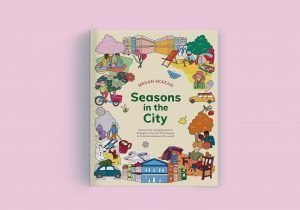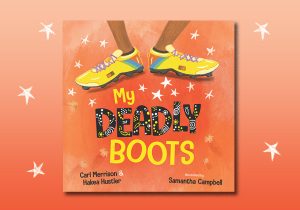
Human Heart Primary Resource
Learn all about the human heart…
This Science primary resources explains the function of the human heart and how it works. How does the heart pump blood around the body? Why is it so important? How strong is the human heart?
In our National Geographic Kids Science primary resource, pupils will learn about the anatomy of the human heart and its role within the circulatory system. They will also discover fascinating facts about the human heart.
The teaching resource can be used in study group tasks for discussion about the heart and the biology of the human body. It could be used as a printed handout for each pupil to review and annotate, or for display on the interactive whiteboard for class discussion.
Activity: Ask children to draw and colour a diagram of the heart inside the human body. Ask them to label the different parts of the heart, and include labelled images of veins and arteries to show where the blood is flowing from and to. As a fun practical experiment, ask the pupils to try and feel their own pulse. In pairs, they could even have a go at recording each other’s heart rate per minute.
N.B. The following information for mapping the resource documents to the school curriculum is specifically tailored to the English National Curriculum and Scottish Curriculum for Excellence. We are currently working to bring specifically tailored curriculum resource links for our other territories; including South Africa, Australia and New Zealand. If you have any queries about our upcoming curriculum resource links, please email: schools@ngkids.co.uk
This Science primary resource assists with teaching the following Key Stage 1 Science (Year 1) objective from the National Curriculum:
Pupils should be taught to:
- identify, name, draw and label the basic parts of the human body and say which part of the body is associated with each sense
National Curriculum Key Stage 1 Science (Year 2) objective:
Pupils should be taught to:
- find out about and describe the basic needs of animals, including humans, for survival (water, food and air)
- describe the importance for humans to exercise, eating the right amounts of different types of food, and hygiene
National Curriculum Upper Key Stage 2 Science (Year 6) objectives:
Pupils should be taught to:
- identify and name the main parts of the human circulatory system, and describe the functions of the heart, blood vessels and blood
- recognise the impact of diet, exercise, drugs and lifestyle on the way their bodies function
This Science primary resource assists with teaching the following Sciences First level objectives from the Scottish Curriculum for Excellence:
- By researching, I can describe the position and function of the skeleton and major organs of the human body and discuss what I need to do to keep them healthy
Scottish Curriculum for Excellence Sciences Second level objectives:
- I have explored the structure and function of sensory organs to develop my understanding of body actions in response to outside conditions
Scottish Curriculum for Excellence Sciences Third level objectives:
- I have explored the structure and function of organs and organ systems and can relate this to the basic biological processes required to sustain life
Scottish Curriculum for Excellence Sciences Fourth level objectives:
- I can explain how biological actions which take place in response to external and internal changes work to maintain stable body conditions
Download primary resource
More Like

Seasons in the city

10 facts about the Arctic!

My Deadly boots









LEAVE A COMMENT
THANK YOU
Your comment will be checked and approved shortly.
WELL DONE,
YOUR COMMENT
HAS BEEN ADDED!
COMMENTS
CUSTOMIZE YOUR AVATAR